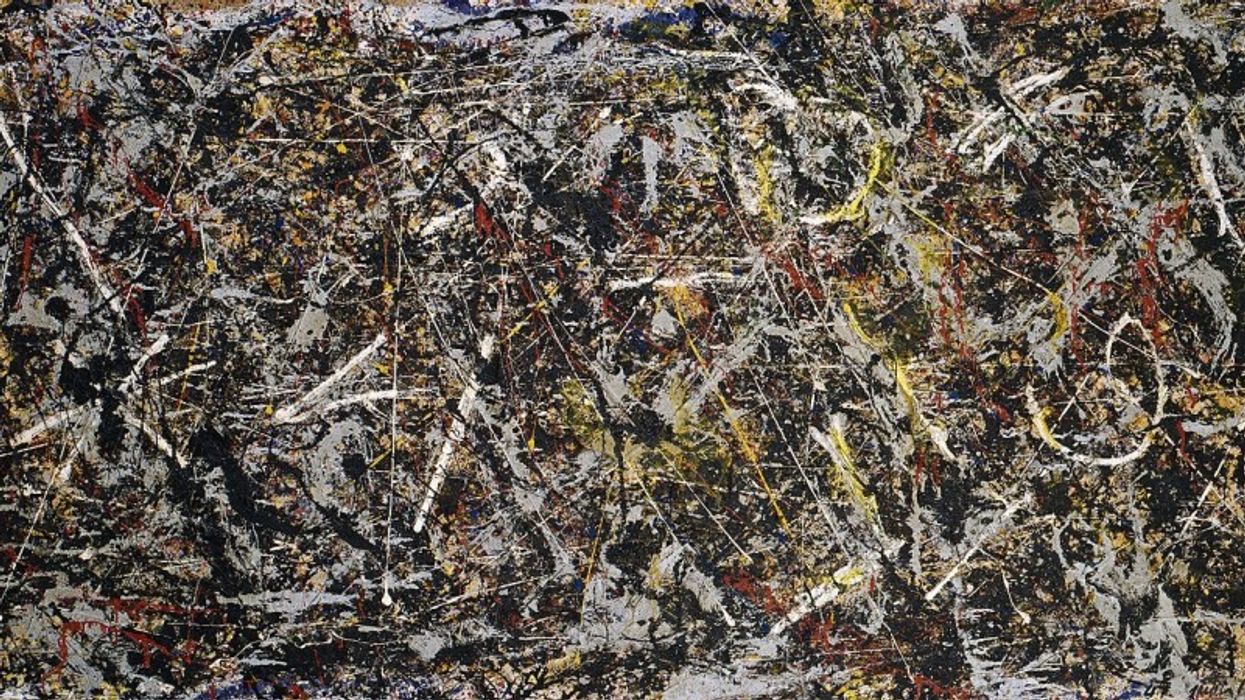What Can Jackson Pollock Teach Us About the Evolution of Film & TV?
Jackson Pollock is a master of abstract expressionism. He changed the way art was viewed in the 20th century. But how does that affect film today?

Art history is the culmination of something that has a foggy beginning. First, we painted on cave walls. Then, as time went on, we developed, practiced, and made the world our canvas. We painted on churches, canvases, brick walls, and even our bodies.
As art transformed and shifted mediums, things got expensive. Artists like Manet, Da Vinci, and Michelangelo needed wealthy patrons to make the dreams in their head come true.
Now, portraits and more traditional art was always easier to fund, but by the early 1900s rolled around, and Jackson Pollock wanted his go, things got a little dicey.
Check out this video from Nerdwriter for more on the evolution of art!
So what does this have to do with film and filmmaking?
I believe we are on the cusp of another era that will define film moving forward. Much like Pollock, abstract expressionist and other modern artists had to struggle to be accepted by the aristocracy and patrons, so are the newest forms of filmmaking and television struggling for mainstream acceptance...and pay.
The DGA just announced they won't honor movies that release day and date, which feels shortsighted given streaming is where all the work has gone.
Places like Quibi are breaking up content into 8-15 minute chunks so they're more digestible, and YouTube is the second most visited site on the internet.
Business is changing. Everyone sees streaming coming and the "feud" between Spielberg and Netflix caused many people to question if old Hollywood had grown out of touch. We're at the brink of our own Pollock era. I have no idea what's coming next, except to say it feels like we're going to create most content to be viewable on phones or as events for theatrical release.
Whatever the case may be, I encourage you to keep chasing your ideas and see how Pollock and the evolution of our art can inspire your next works.
What's next? How Location and Visual Motifs Tell the Story in 'Widows'
Steve McQueen's heist thriller Widows incorporates the city of Chicago in amazing ways, teaching us how setting can be an important character in a film.
Click the link to learn more!
Source: Nerdwriter











